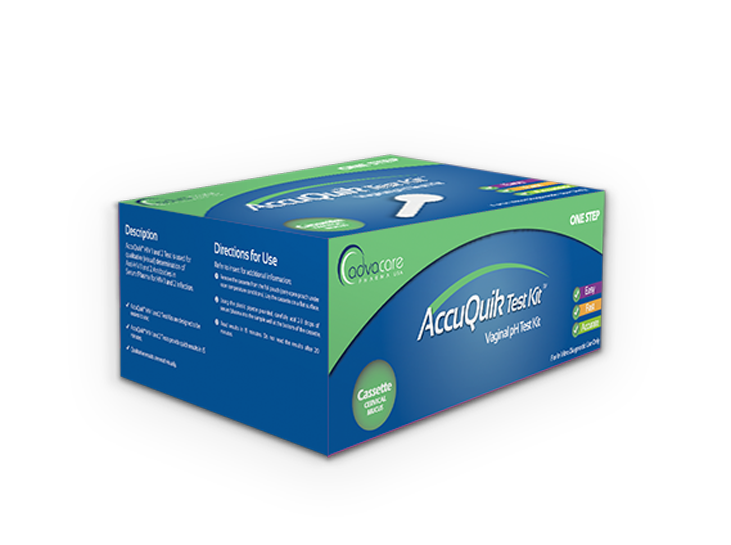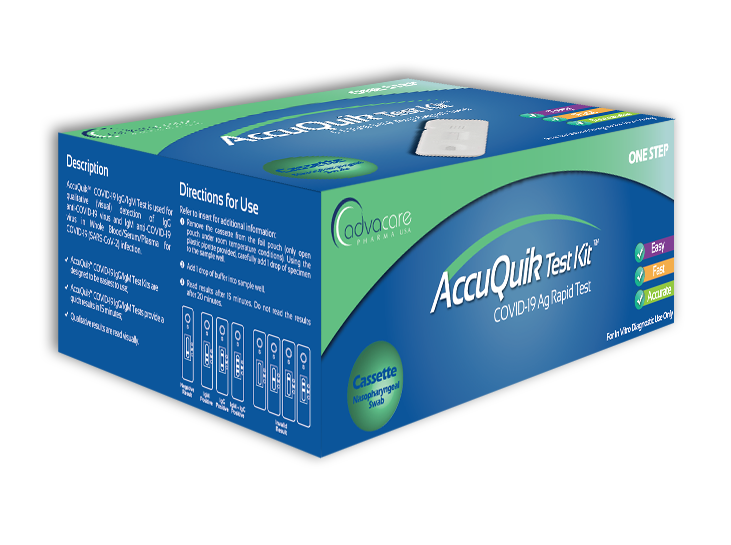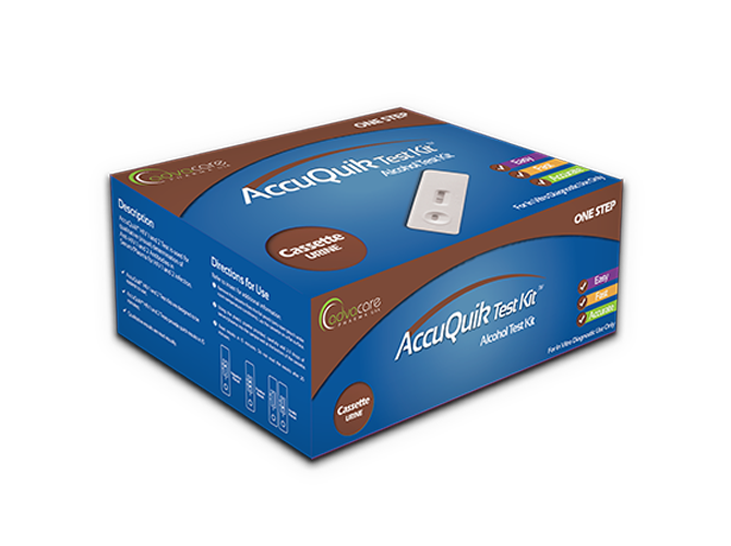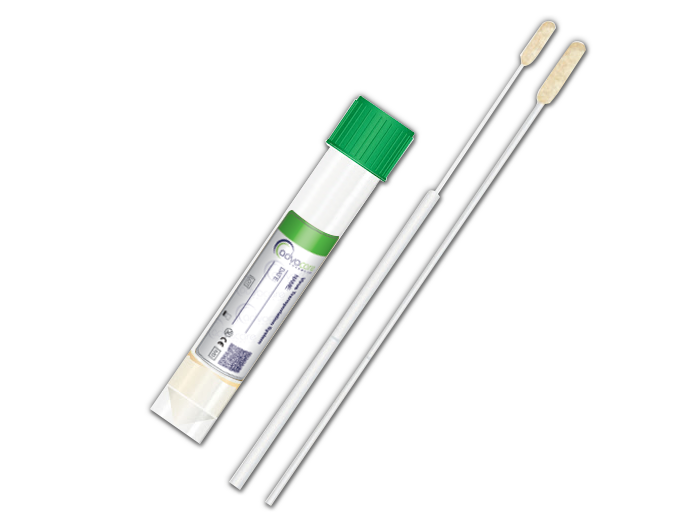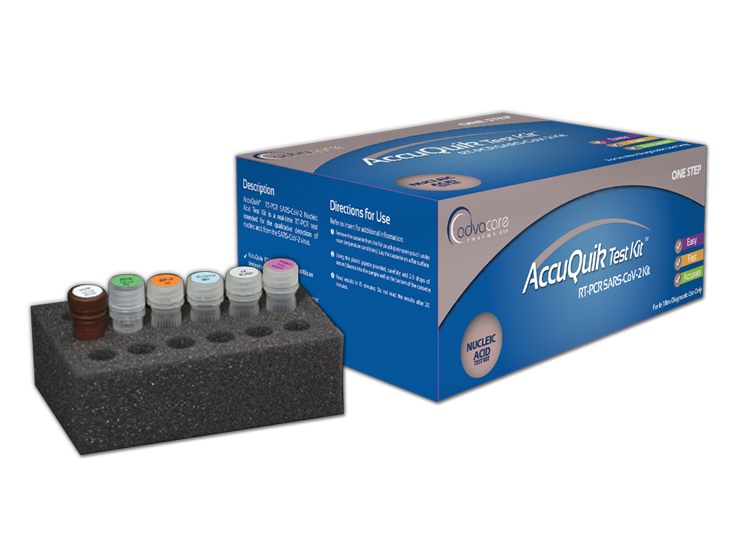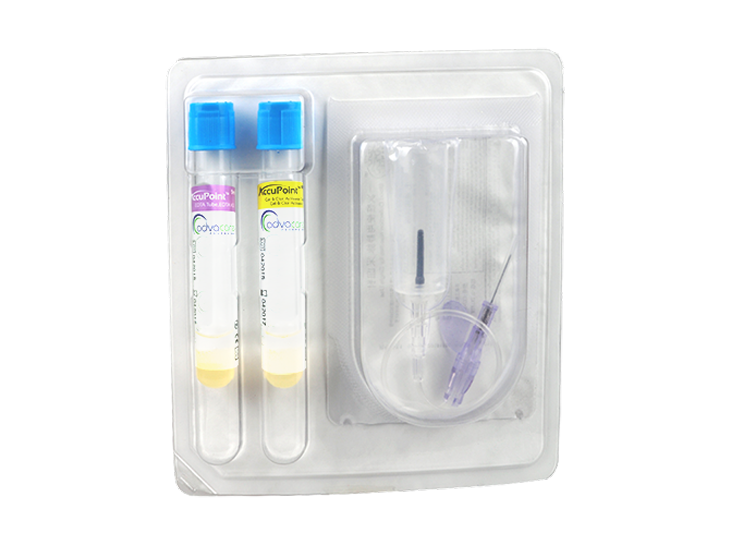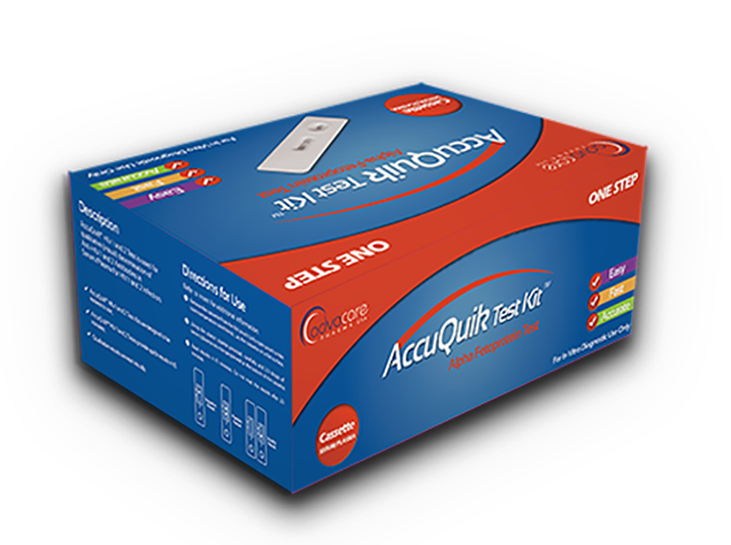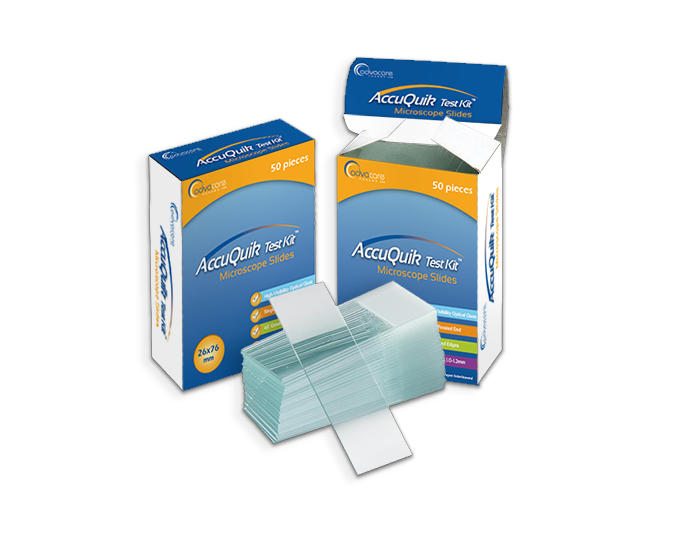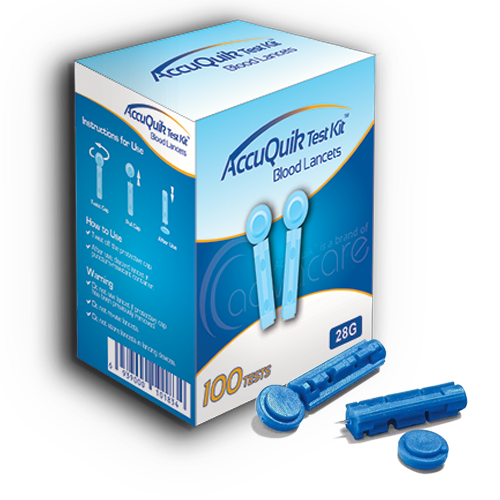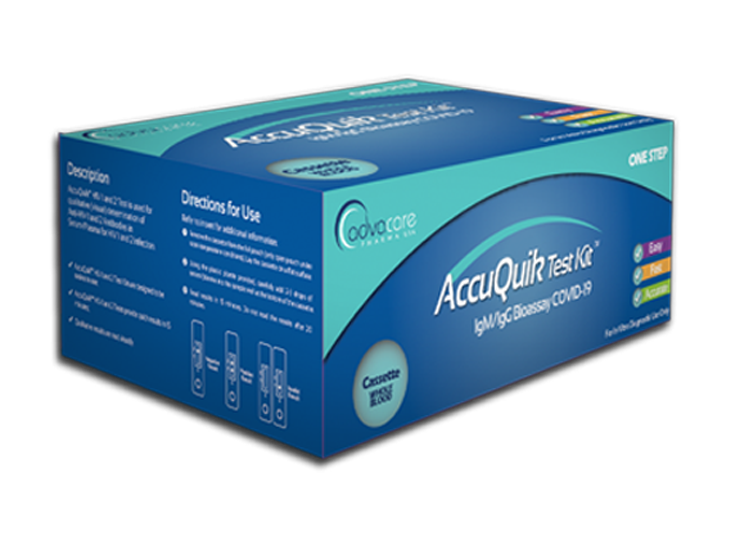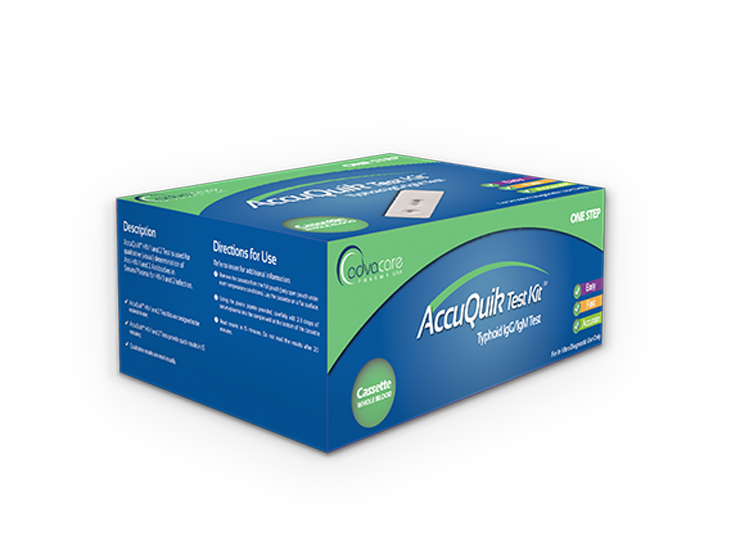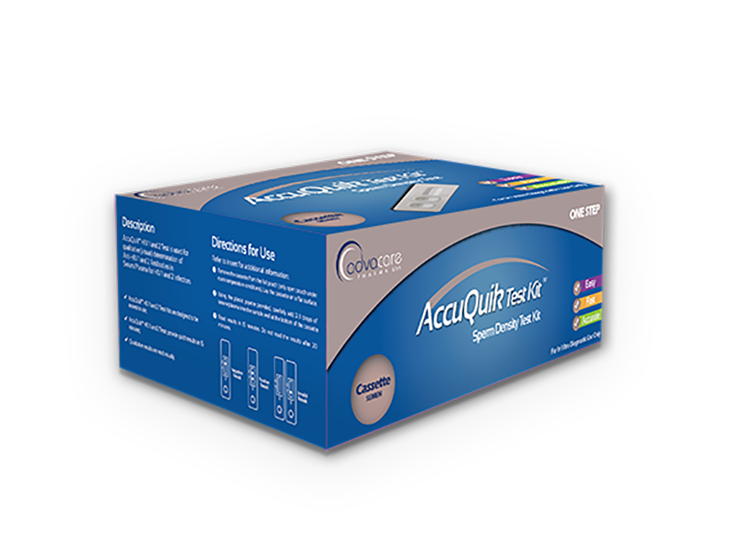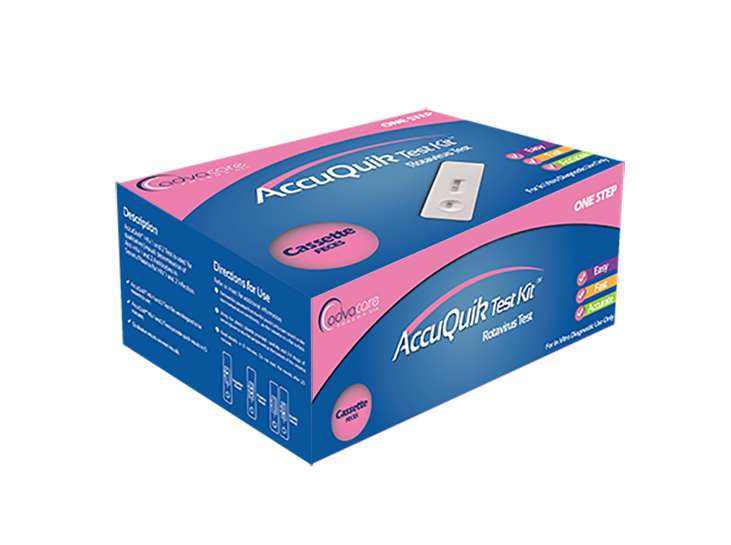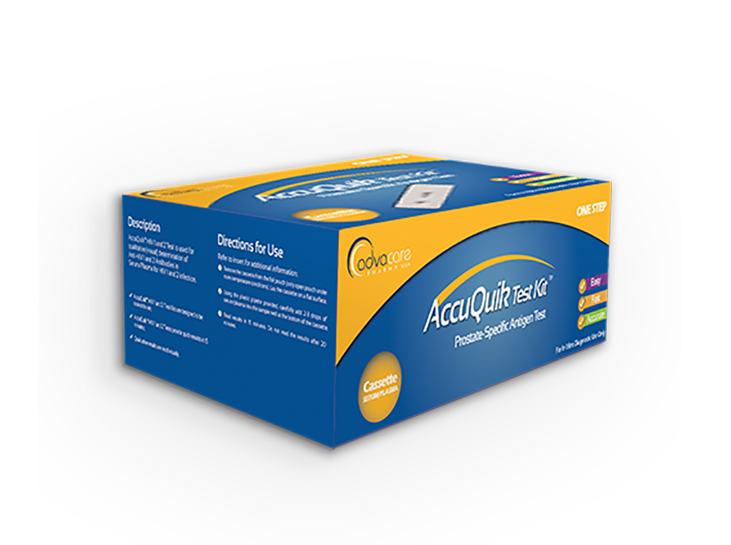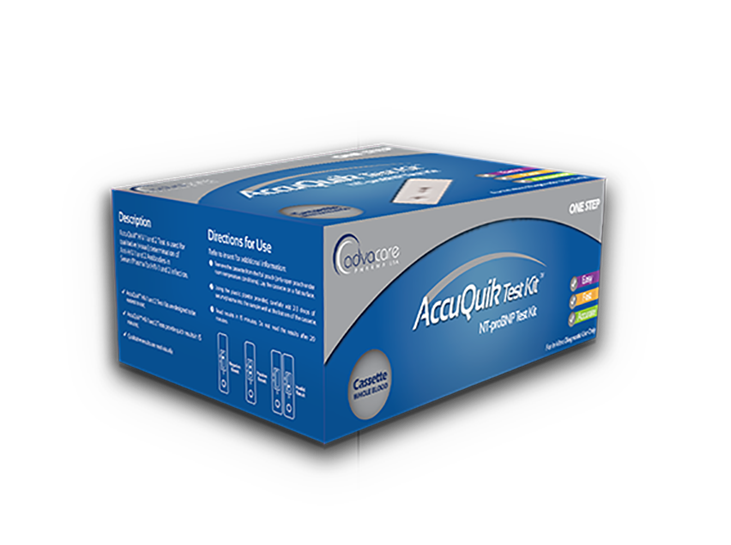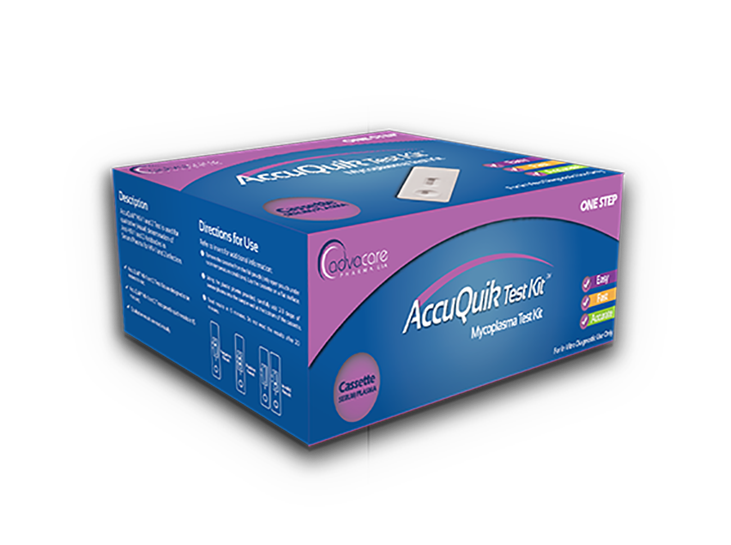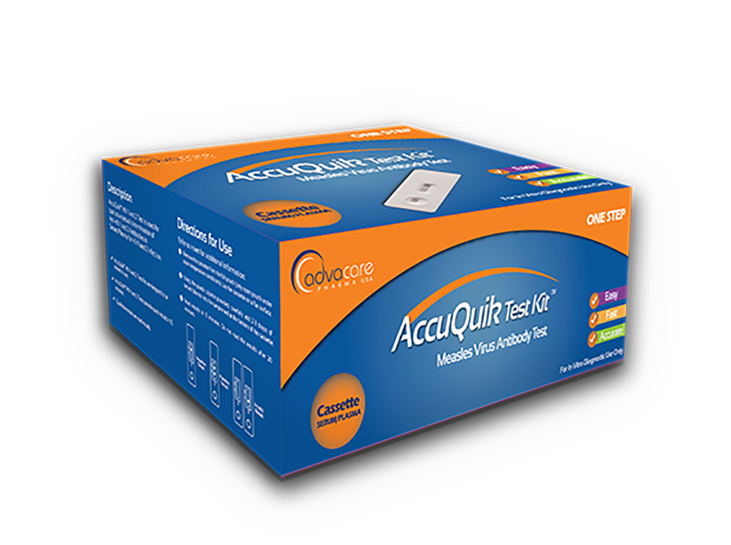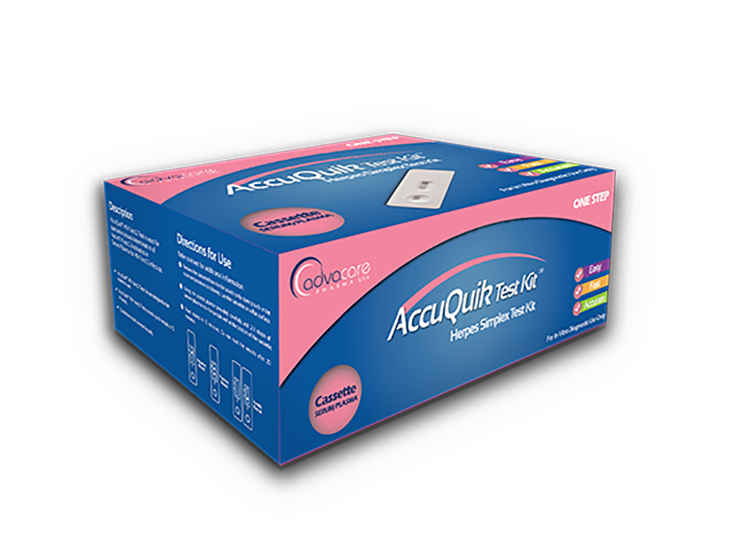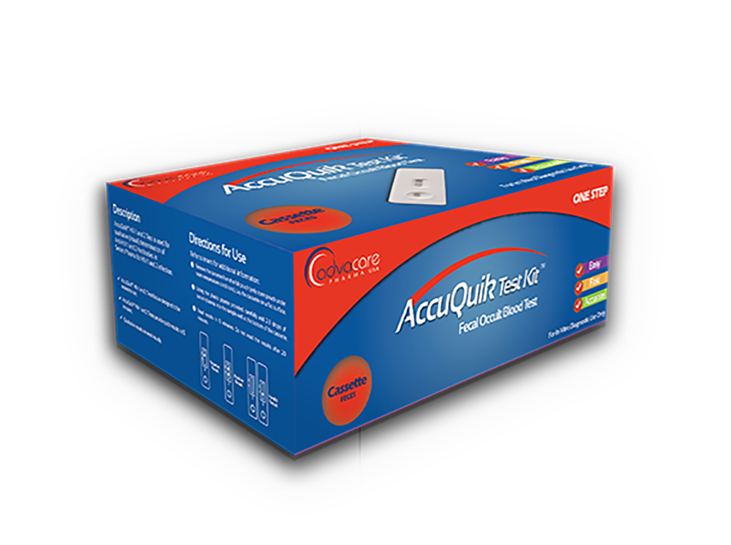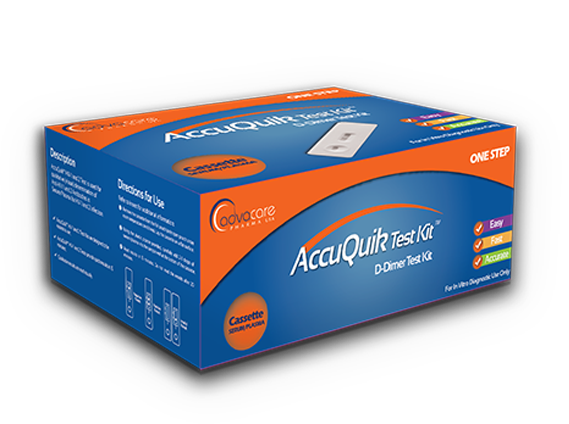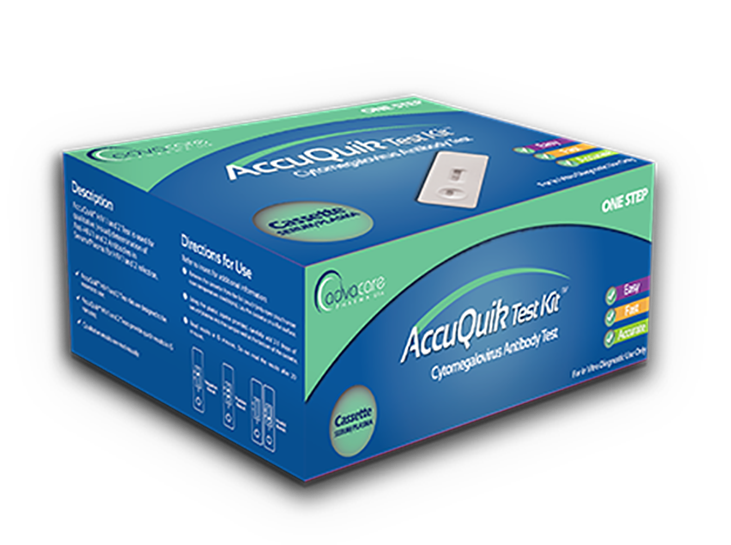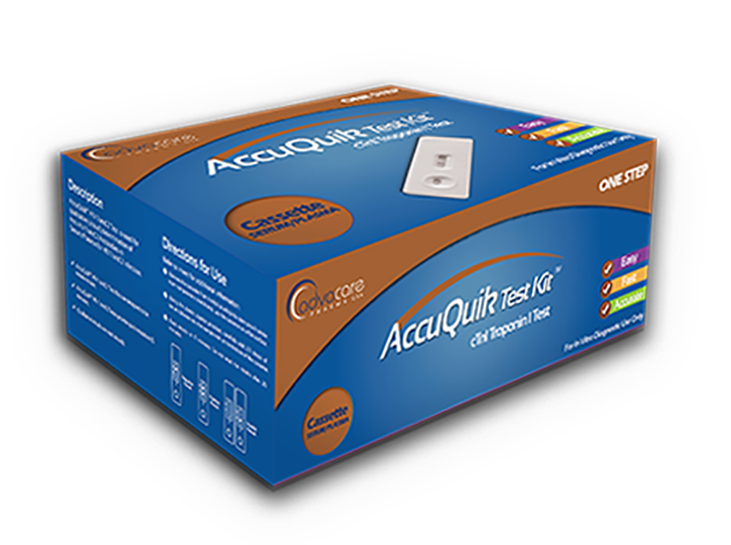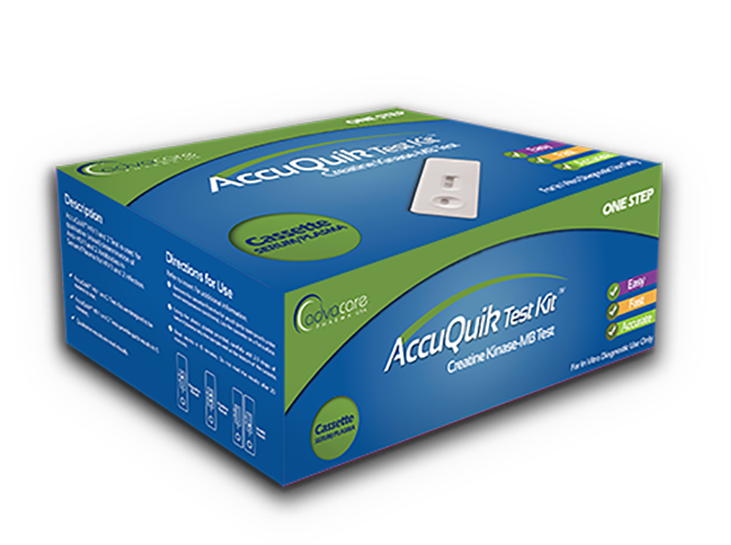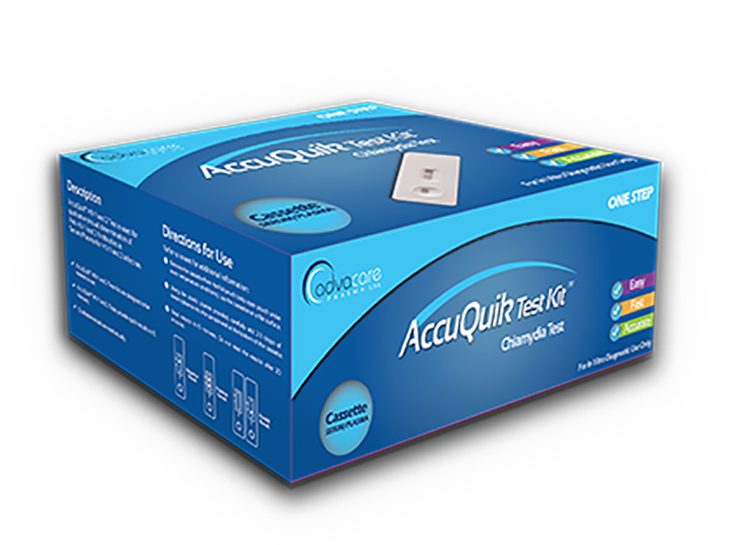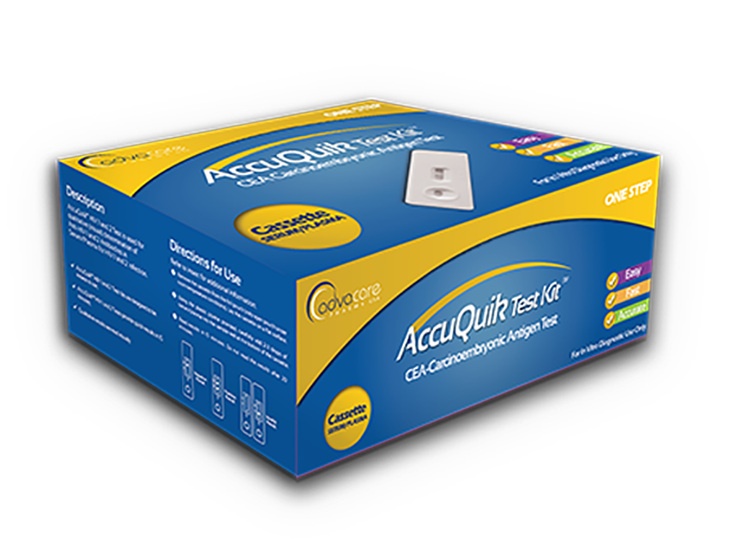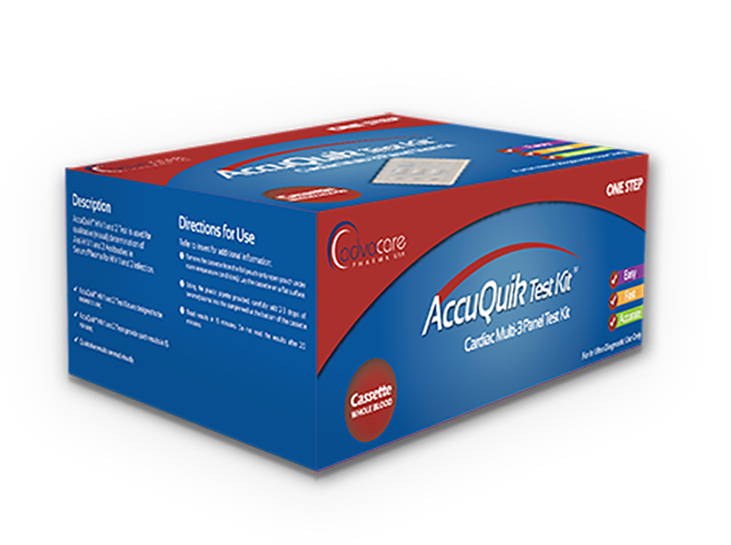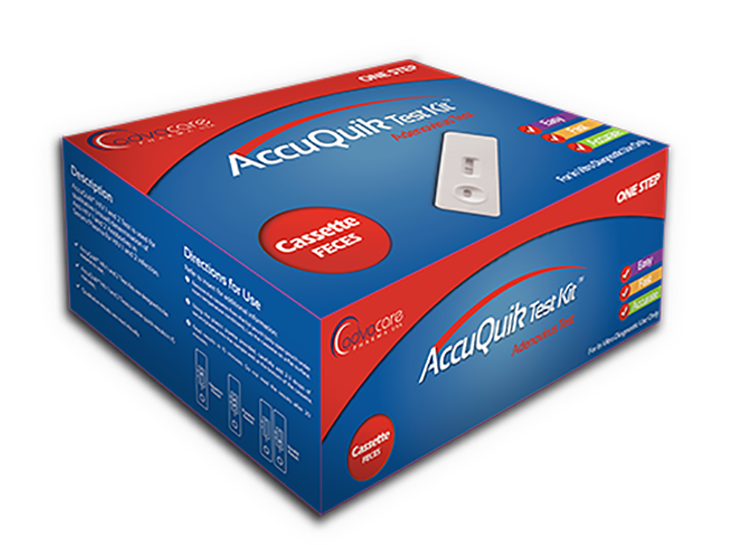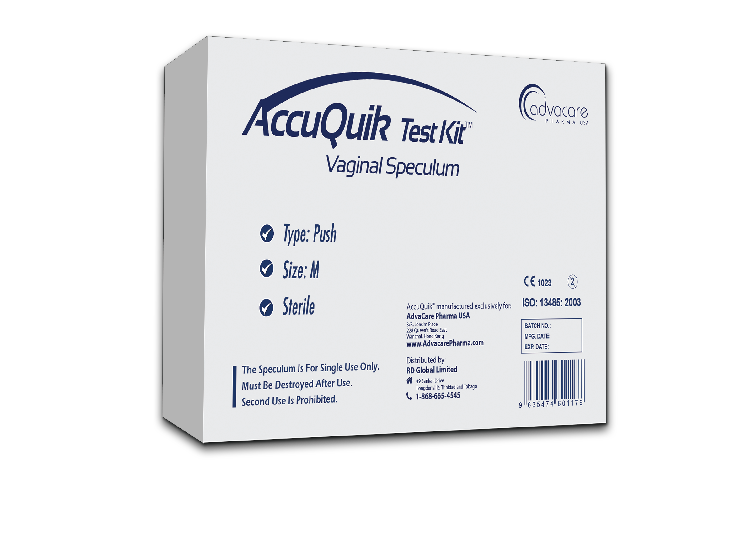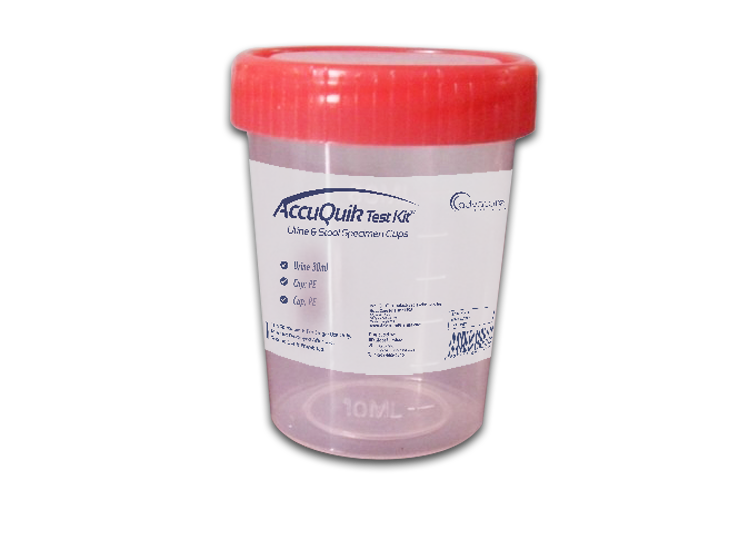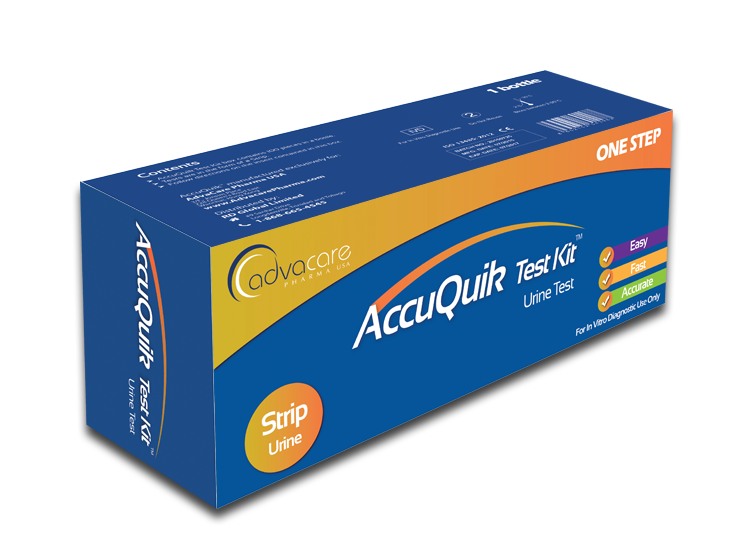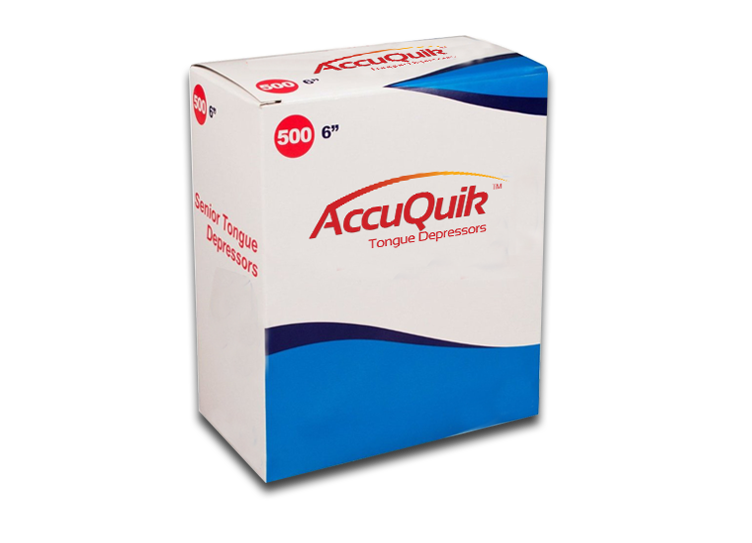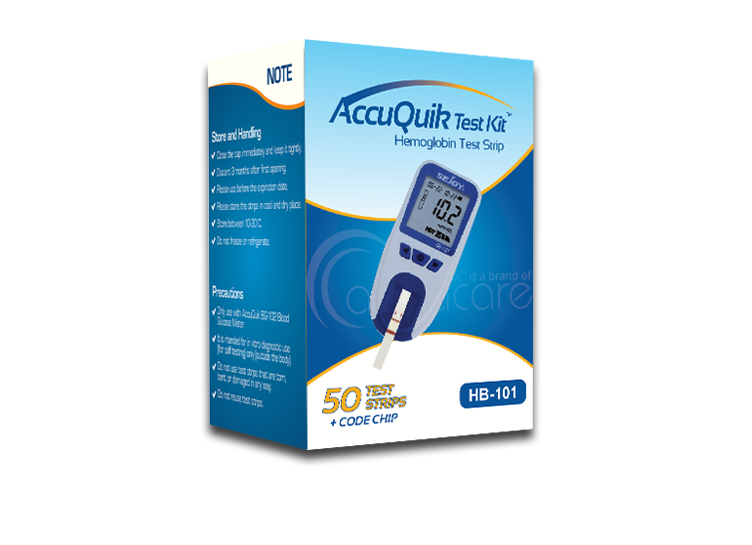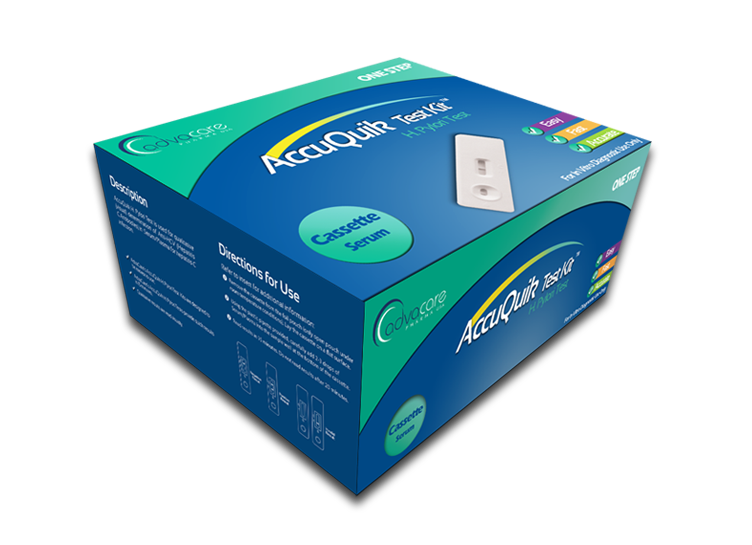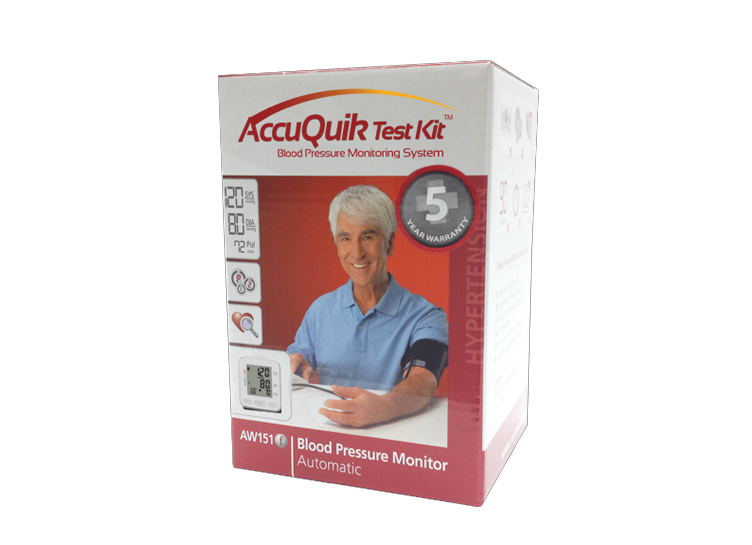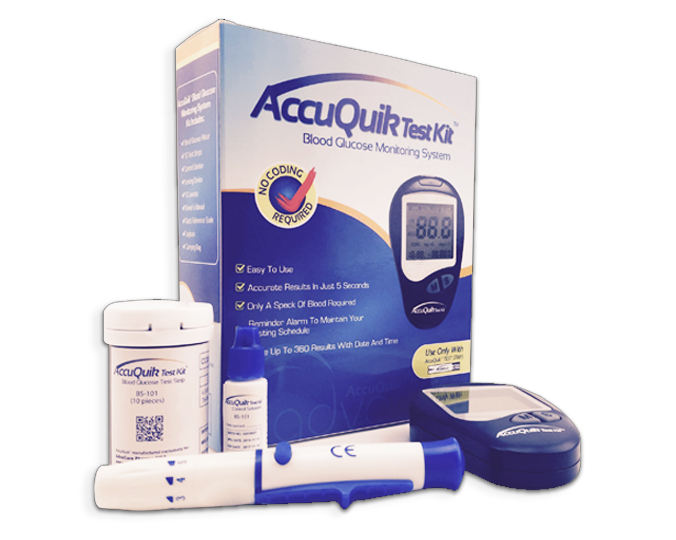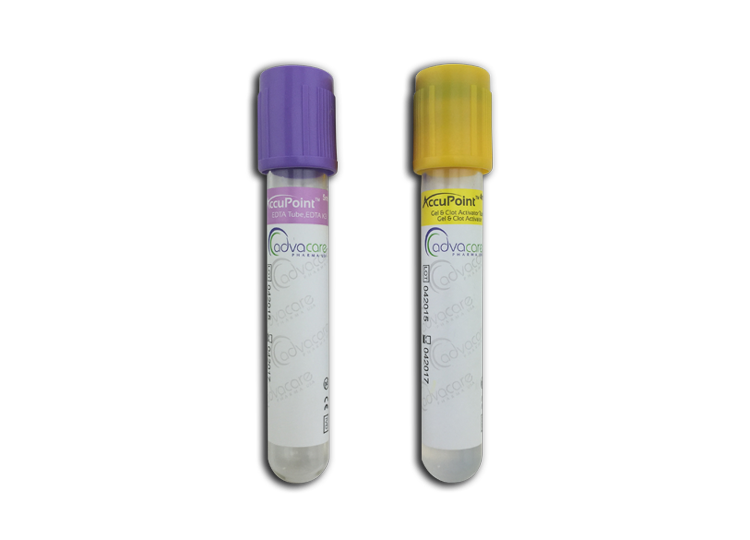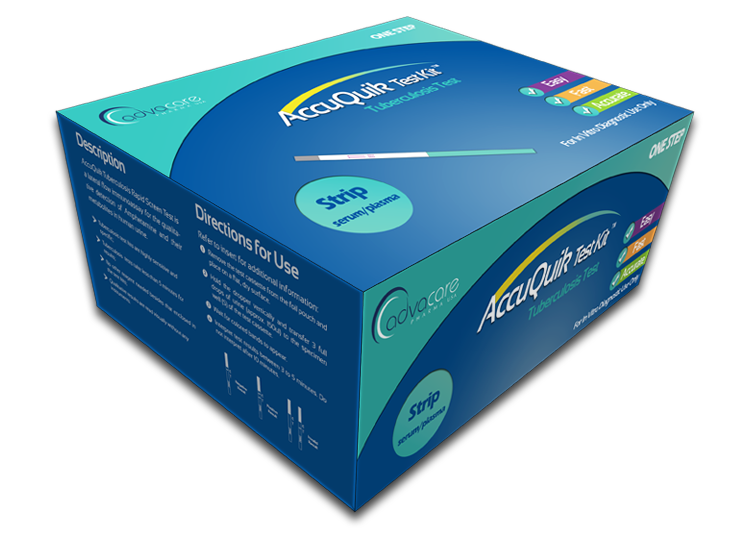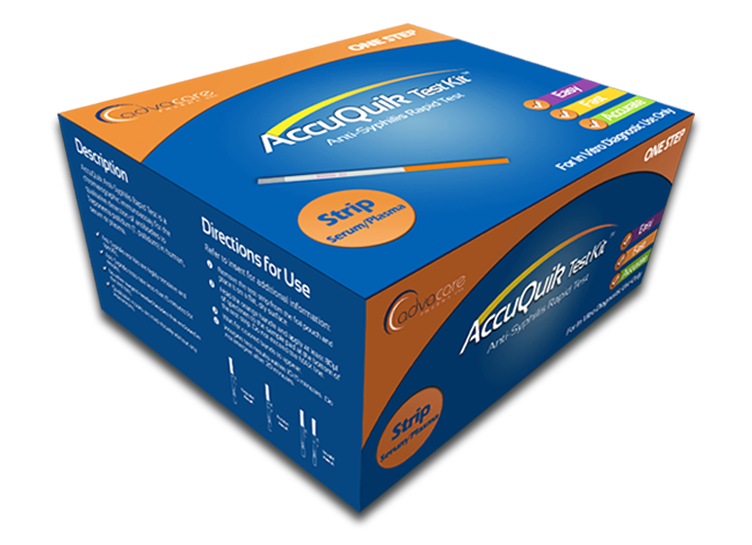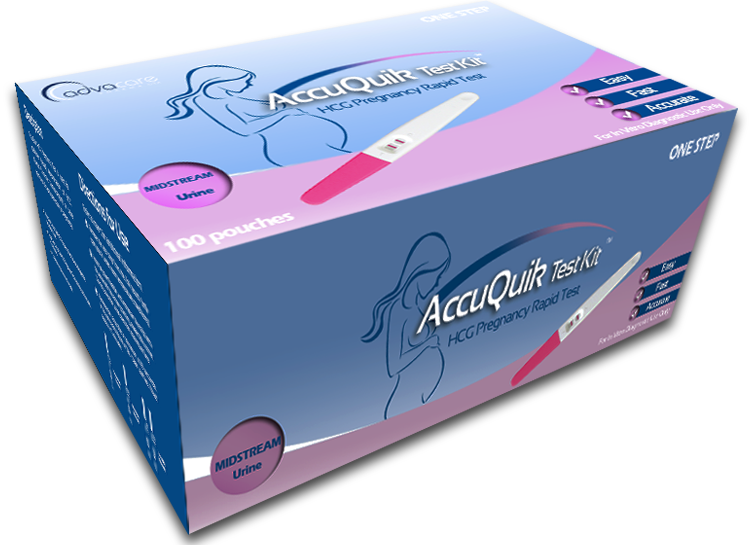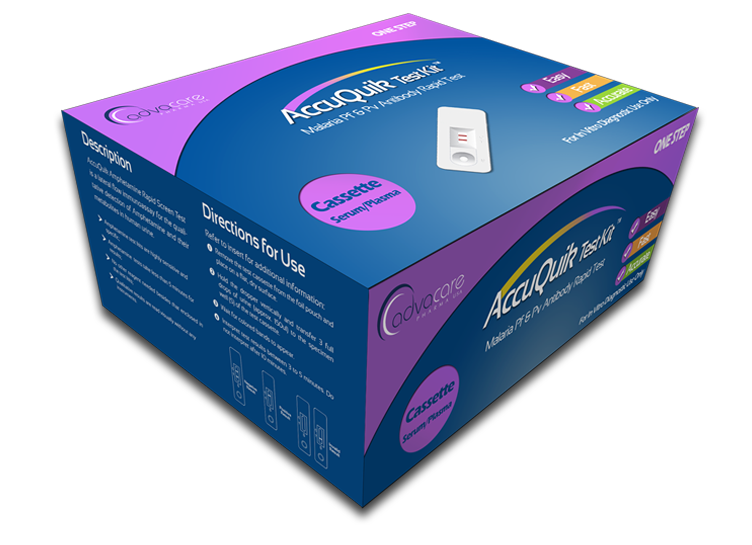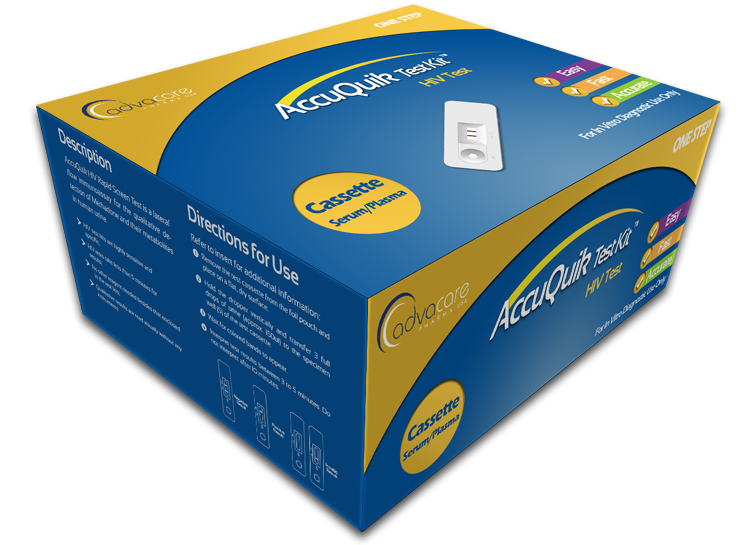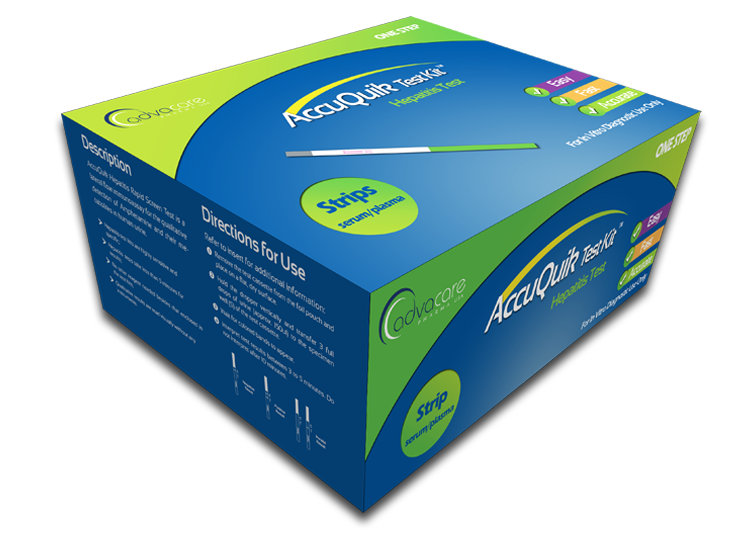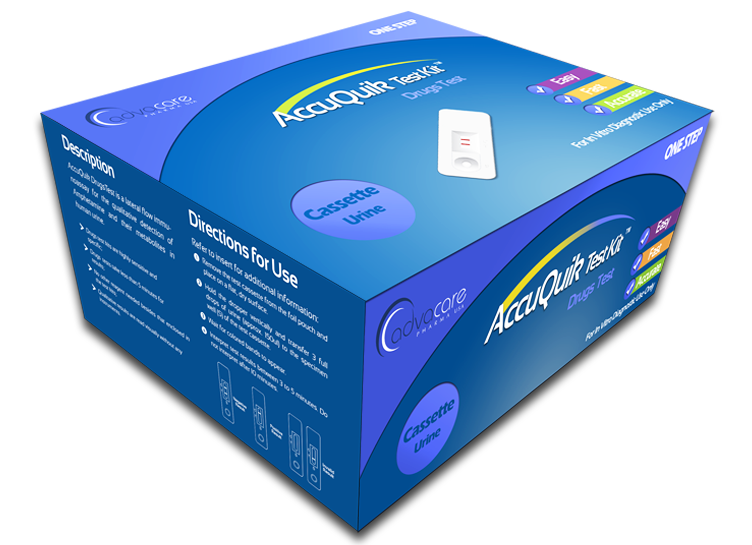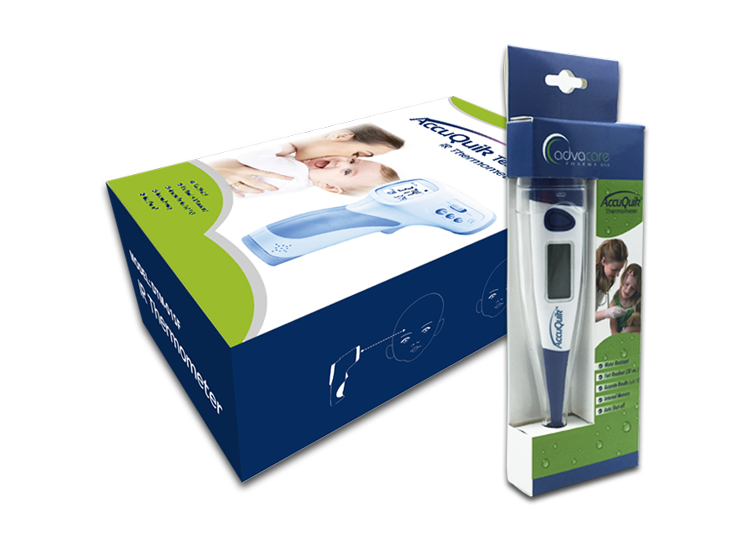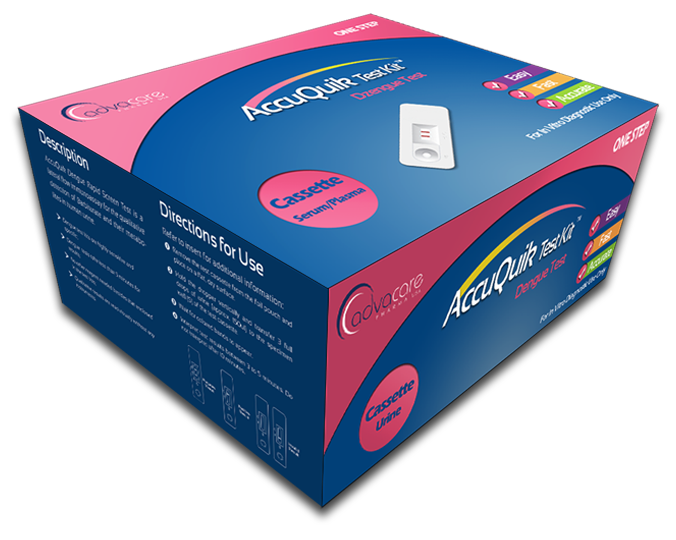More Information about the Vaginal pH Test Kit
AccuQuik™ promotes the use of Vaginal pH Test Kit.
Vaginal pH Test
Available as cassette

Vaginal pH Test Kit is a home-use kit used to measure the vagina’s pH of the cervical mucus. The natural environment of the vagina is maintained acidic by vaginal bacteria to help suppress the overgrowth of abnormal bacteria. The vaginal pH test kit consists of a pH swab that works when the yellow tip comes into contact with vaginal discharge. The results can be interpreted by comparison of test window color-forming in the strip holder with box pH guide colors. A pH value that is higher than 4.5 indicates a positive result that means bacterial infection is ongoing. pH values below or equal to 4.5 indicates a negative result. The test kit can help determine if a bacterial infection occurred or if symptoms are caused by yeast infection as yeast infections do not cause changes in pH. AccuQuik™ promotes the use of Vaginal pH Test Kit.
The Kit
General Information
Bacterial infections in the vagina are caused by an overgrowth of commonly found vaginal bacteria of certain kinds. They could typically cause grayish-white or yellow discharge. This discharge may have a fish-like odor that is most prominent after sex. Itching in the area and burning during urination might also be signs of bacterial vaginosis. The infection is most common among women in their reproductive years and might also affect women of any age. Risk factors for bacterial vaginosis include: having multiple sex partners or a new sex partner, douching, and natural lack of lactobacilli bacteria. While generally mild in symptoms, bacterial vaginosis could cause complications such as: preterm birth, STI susceptibility, infection risk after gynecologic surgery, and pelvic inflammatory disease.
Treatments
To treat bacterial infections or bacterial vaginosis, prescriptions of antibiotics could be administered by the doctor. Medications can be in a form of a pill taken orally, topical gels, or cream that can be inserted into the vagina. Medication should be taken as prescribed until finish, even when symptoms had already gone away, to reduce the risk of recurrence. Pregnant women with symptoms of bacterial vaginosis should seek treatment as soon as possible to help decrease the risk of premature delivery or low birth weight. Ways to help prevent bacterial vaginosis include: minimal vaginal irritation by using mild soaps and unscented tampons or pads, not douching, and avoiding a sexually transmitted infection.

